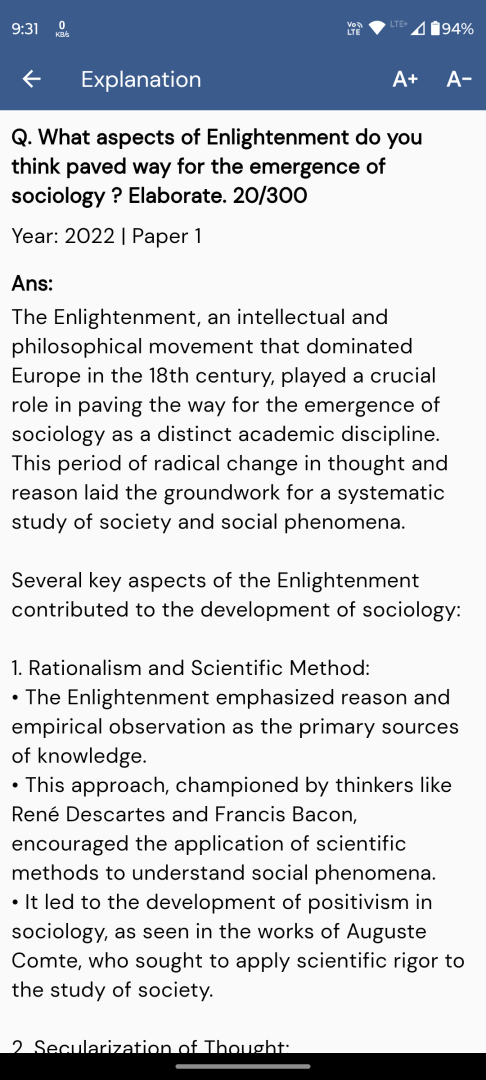Q. What are the major problems faced by the labour migrants while working in informal sectors of Indian States? Discuss.
UPSC Sociology 2025 Paper 2
Model Answer:
Internal labour migration, driven by agrarian distress and urban opportunities, forms the backbone of India’s informal sector. These migrants, termed “footloose labour” by Jan Breman, face multifaceted challenges perpetuating their vulnerability.
Economic Exploitation and Precarity
• Low wages and irregular payments: Migrants receive below-minimum wages with unpredictable payment schedules, making financial planning impossible.
• Job insecurity: Without formal contracts, they face arbitrary ‘hire and fire’ practices and extreme precarity.
• Debt bondage: Many fall into ‘neo-bondage’ (Breman) with contractors, as seen among brick kiln workers across states.
Social Exclusion and Deprivation
• Inadequate housing: Migrants inhabit overcrowded slums or worksites lacking clean water, sanitation, and basic amenities.
• Denial of entitlements: Without local identity documents, they cannot access PDS rations, healthcare, or education, limiting their capabilities (Amartya Sen).
• Cultural alienation: They face discrimination based on regional, linguistic, and caste identities.
Absence of Social Security
• No safety nets: Excluded from provident funds, ESI health insurance, and pensions.
• Hazardous conditions: Work without safety equipment or injury compensation, treated as Marx’s disposable ‘reserve army of labour’.
• Political voicelessness: Being disenfranchised in host states, they lack collective bargaining power.
Conclusion: The COVID-19 pandemic exposed these structural vulnerabilities when millions walked home. Urgent interventions—portable social security, universal documentation, and enforced labour protections—are essential for India’s invisible workforce.





